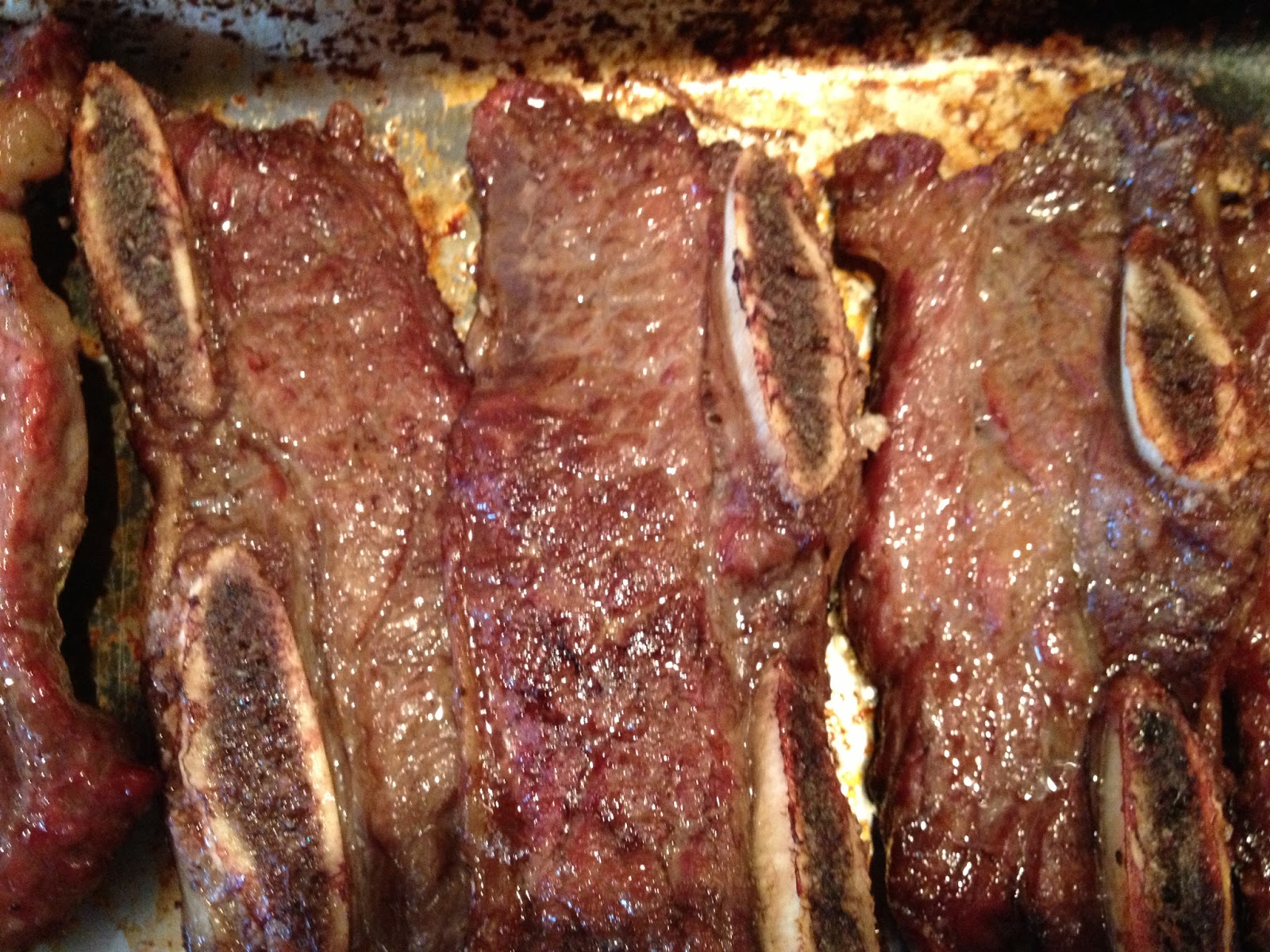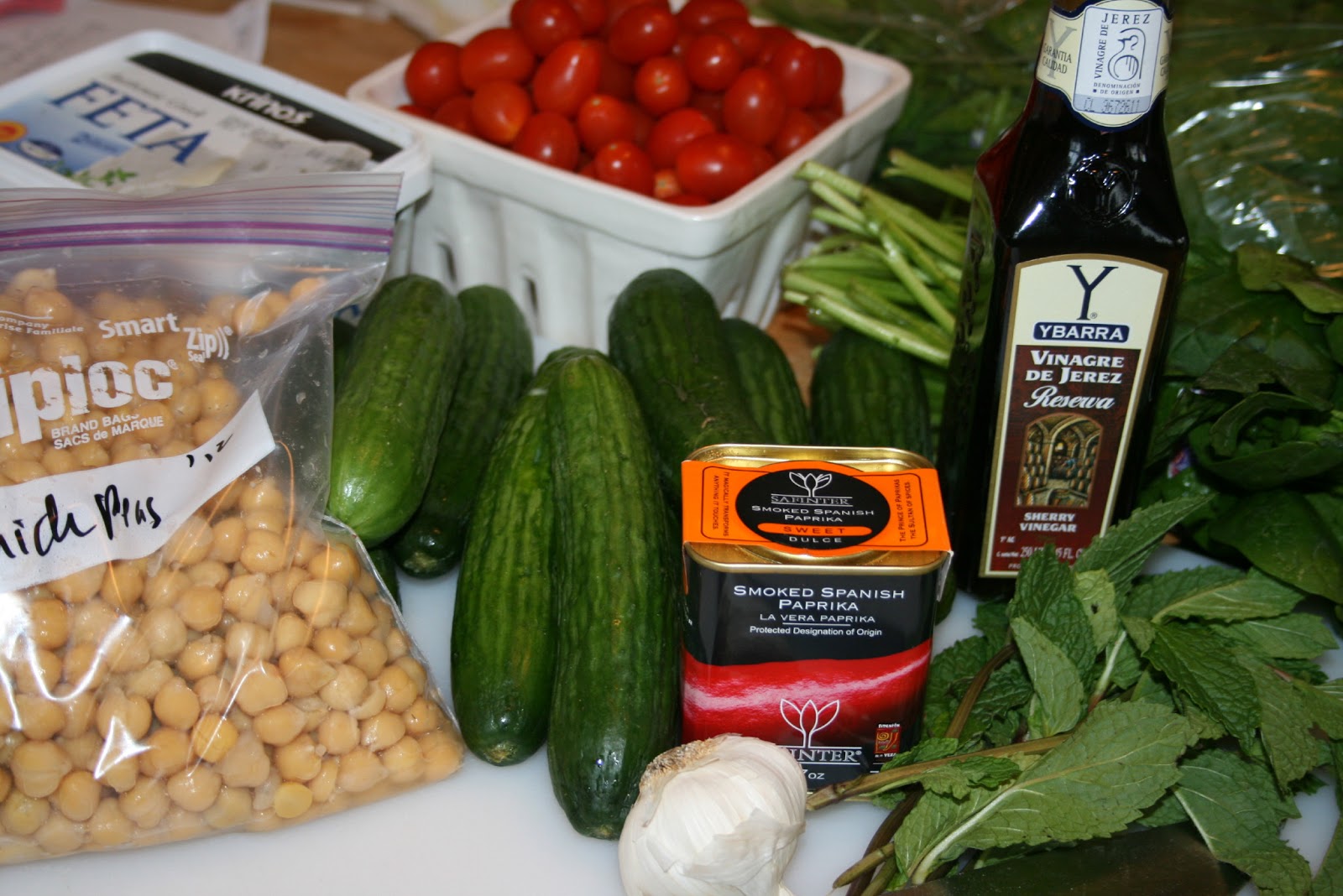Last week, with the help of Laura Bougher of
The Glass Rooster, we canned 24 quarts of tomatoes fresh from the YWCA's Urban Garden (supplemented by some beefsteak tomatoes from Ed, the generous farmer from Gast Farms-great sausages-at the Evanston Farmer's market).
Laura is a fantastic teacher, demystifying the process, making you feel equipped to tackle it on your own. Actually, I have gathered some neighbors and we are putting up our own tomatoes tomorrow afternoon. Fresh garden grown tomatoes, ready to pop into winter stews and soups, I am so excited.
Here is my summary of the canning process:
Clean your jars, wide mouth quart jars are great for tomatoes. Either sterilize in boiling water, or put through your dishwasher on the sanitizing wash.
Fill your
canner half full with water and start boiling (this part is very easy to underestimate and you can be watching a pot for a long time). Place your cleaned tops and lids in boiling water to sterilize.
Prepare your tomatoes by cleaning them and then blanching them to remove their skins. Get another big pot of boiling water, and a big bowl of ice water ready. When the water is boiling, drop the tomatoes into the water for less than a minute, you just want the skins to loosen or crack a bit. Then, scoop them out with a slotted spoon and put immediately into the ice water. You should be able to peel the skins right off.
At this point, you can either leave the tomatoes whole, or halve or quarter the tomatoes. I prefer mine quartered as since you are going through all the mess now, better to have them ready to pop in stews and soups later. Once quartered, pop them into a stainless steel saucepan and bring to a boil over medium high heat. Using a masher, mash some to get a good amount of juices. Let them boil gently for 5 minutes.
If your tomatoes are ripe, you should use citric acid (a natural preservative) or bottled lemon juice to ensure their acidity level is safe for canning preservation. The bacteria that can produce botulism thrives on low-acid foods in an airless environment. Tomatoes sit on the borderline of low and high acid foods, so adding acidification will make them safe. For a quart of tomatoes, use 1/2 tsp of citric acid or 2 Tbl. of lemon juice, either works, depends on your personal taste. Put the acidic ingredient in the jar before adding the tomatoes.
Using a canning funnel (wide enough to allow solids to pass through), fill your clean sterilized cans with your peeled and chopped tomatoes, leaving a 1/2 inch head space. Using a butter knife or a chop stick, poke around in the can to eliminate any air bubbles, topping off with tomato liquid to fill. Clean the jar rims with a damp cloth. Place a sterile lid on the jar and then screw on a band until it just gives but not too tight (finger tip tight).
Place the sealed jars in the canning rack and then slowly lower into the boiling water (letting the jars acclimate to the hot water temperature). The cans should be covered by about an inch. Bring the water back to a boil, cover, and continue boiling for 45 minutes for tomatoes. Remove the pot lid, wait about 5 minutes, then remove the cans, let cool on dishtowels.
Once the jars have cooled (about 8 hours), check the lids: if it is concave and does not give when you press it, it is sealed. You should have heard the cans popping as they sealed. Wipe clean the jars and rims and store.
Some good books to further your canning knowledge:
































